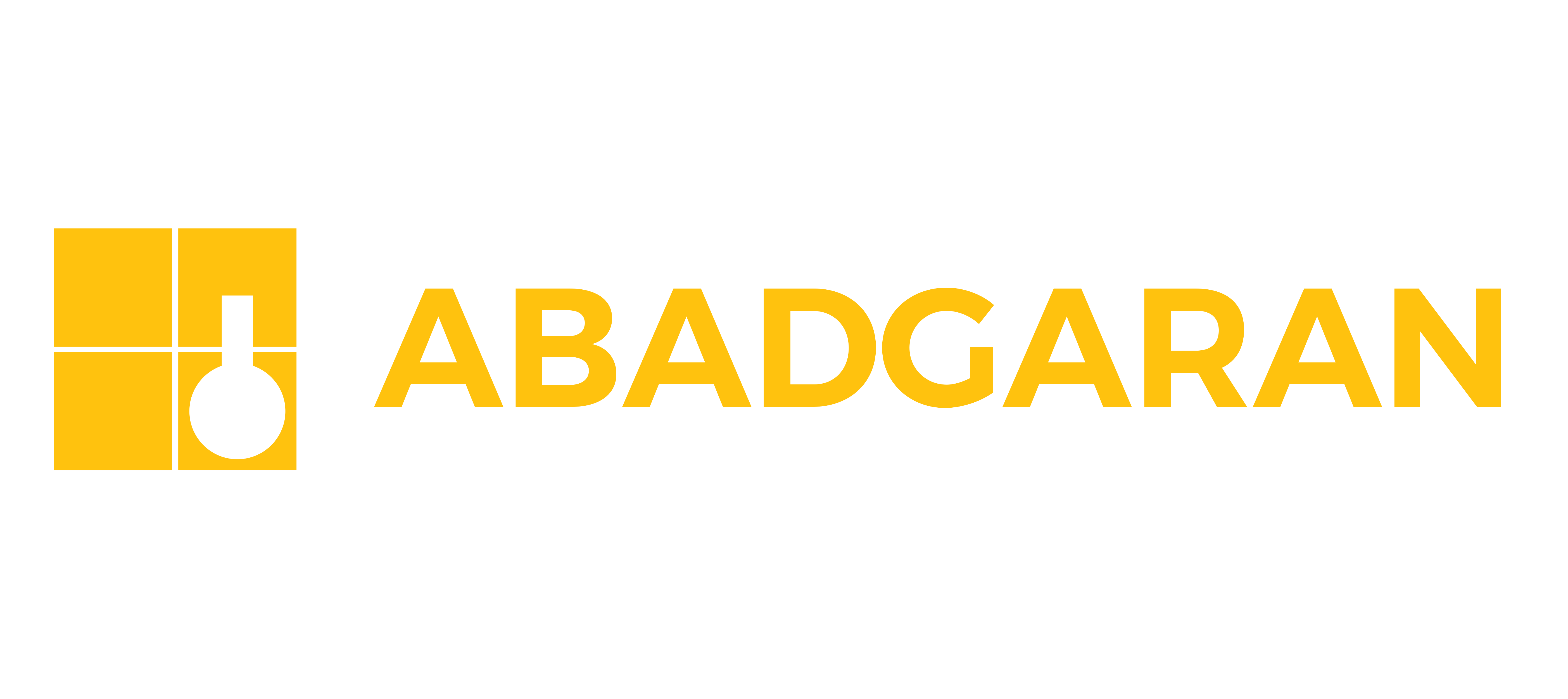Concrete pouring (placement and casting) using a pump
- 15 May 2025
-
Posted by :
Business Development Unit – Abadgaran Company
Introduction
The ACI PRC-304.2 standard, formally titled “Guide to the Use of Pumps for Placing Concrete”, is a guideline published by the American Concrete Institute (ACI) that provides best practices for the use of concrete pumps. This standard supports engineers, contractors, and other construction professionals in optimizing concrete pumping techniques to achieve better outcomes and improve project safety.
Purpose of ACI PRC-304.2
The main goal of ACI PRC-304.2 is to offer comprehensive guidelines for the design, installation, and use of concrete pumping systems. It provides recommendations for selecting suitable pumps, pipe installation, equipment maintenance, and quality control during pumping.
Placing concrete using a pump requires compliance with specific standards and requirements to ensure the quality of the concrete and the proper functioning of the pump.
What is a Concrete Pump?
A concrete pump is a machine used to transport ready-mix concrete from a mixer truck to the desired location on a construction site. This equipment is especially useful in large-scale or high-rise projects that require concrete to be moved over long distances or to elevated positions. Concrete pumps deliver faster and more precise placement compared to traditional methods such as manual hosing.

Types of Concrete Pumps
- Stationary Concrete Pump: Commonly used for large-scale projects, this pump remains fixed in one location. Concrete is delivered through connected pipelines to the desired site. These pumps are ideal for long distances and high elevations.
- Mobile Concrete Pump: Mounted on a truck chassis, these pumps are portable and can be moved between sites, making them suitable for jobs that require frequent relocation

- Boom Pump: Equipped with an extendable boom arm, these pumps can place concrete at various heights and positions. They are commonly used in high-rise buildings and multi-story projects

Main Components of a Concrete Pump
- Engine/Motor: Powers the pump and creates the necessary pressure for pumping concrete.
- Piston Pump: Transfers concrete from the hopper to the pipeline.
- Hoses or Pipes: Channel the concrete to its destination.
- Boom Arm (in boom pumps): Moves and positions the pipe to reach desired heights or spaces.
Advantages of Concrete Pumping
- Speed and Efficiency: Enables rapid and efficient concrete placement.
- Reach: Facilitates pumping over long distances and to elevated positions.
- Precision: Delivers concrete exactly where it’s needed.
- Reduced Labor: Minimizes manual labor needed for concrete transport.
Overall, concrete pumps are essential tools in modern construction, enhancing speed, accuracy, and efficiency in concrete placement.
Key Requirements and Best Practices:
- Selecting the Right Pump
- Pump Type: Must suit the type of concrete (e.g., dry or wet mix). Common types include piston pumps and squeeze pumps.
- Capacity: The pump should handle the required concrete volume at the appropriate speed and pressure.
- Concrete Preparation
- Proper Mixing: Ensure uniform mixing to prevent pipe blockages and poor placement. Water-cement ratio and admixtures must be carefully controlled.
- Use of Admixtures: Long-distance pumping may require plasticizers or retarders to maintain flow and prevent setting or clogging.

- Pump Placement and Setup
- Pump Location: Should be positioned close to the work area to reduce pressure loss.
- Pipe Routing: Pipes should be laid with minimal bends. Use smooth angle fittings when bends are needed.
- Pipe Protection: Shield pipes from damage due to falls or heavy pressure.
- Concrete Placement
- Minimize Air Exposure: Avoid air contact during placement to reduce surface cracks and quality loss.
- Controlled Pressure: Use adequate pressure to avoid damage or segregation.
- Uniform Placement: Pour concrete evenly in forms to prevent air pockets or cracking.

- Quality Control
- Ongoing Testing: Perform regular sampling and quality tests during pumping to ensure mix consistency.
- Timing: Monitor pumping duration to prevent temperature rise or setting during transport.

- Problem Preparedness
- Blockage Handling: Stop the pump immediately if blockages occur and clean the line. Lubricants may help clear clogs.
- Monitor Pressure and Flow: Continuously track pressure and flow to avoid inconsistencies.
- Safety
- Worker Safety: All workers should use PPE such as gloves, safety glasses, and helmets.
- Equipment Safety: Inspect equipment thoroughly before use to prevent accidents.
- Maintenance and Repairs
- Daily Inspections: Check pump and pipes before each shift for defects or damage.
- Scheduled Maintenance: Conduct regular servicing to ensure optimal performance.
-
Following these requirements ensures effective, safe, and high-quality concrete pumping in construction projects.
Further Reading:
- Factors Affecting Pumpability of Concrete
- Factors Influencing Concrete Durability
- Self-Consolidating Concrete
- Guidelines for Mass Concrete Placement



![]()






